Descrição
Art Curation Course: Discover the Fascinating World of Art
Welcome to our art curation course blog! Here you will find valuable information about this fascinating and challenging field. If you are an art lover and want to delve deeper into this universe, this course is perfect for you.
What is art curation?
Art curation is an activity that involves the selection, organization and presentation of works of art in exhibitions, galleries and museums. The curator is responsible for creating a visual narrative, establishing connections between the works and providing a unique experience for visitors.
Why take the art curation course?
The art curation course offers a unique opportunity to deepen your knowledge of art history, curation techniques, exhibition management and much more. In addition, you will have the chance to meet renowned professionals and expand your network of contacts in the artistic world.
Course benefits:
- Learn about different artistic movements;
- Develop art analysis and criticism skills;
- Get behind the scenes of exhibitions and museums;
- Explore curation and exhibition assembly techniques;
- Expand your knowledge of the art market;
- Have access to exclusive materials and resources;
- Receive a certificate of completion.
Course content
The art curation course covers a wide range of topics, from art history to contemporary practices. During the classes, you will have the opportunity to study:
- The evolution of art curation over the centuries;
- Main theories and concepts of curation;
- The process of selecting and assembling exhibitions;
- Digital curation and virtual exhibitions;
- Curator's ethics and responsibility;
- Marketing and promoting exhibitions;
- Visits to museums and galleries;
- Practical curation workshops.
Course format
The art curation course is offered in person and online, so you can choose the option that best suits your routine. Classes are taught by experienced professionals who are passionate about art and will share their knowledge and experiences with you.
| Format | Duration | Investment |
|---|---|---|
| In-person | 6 months | R$ 2,500.00 |
| Online | 3 months | R$ 1,500.00 |
Regardless of the format you choose, you will have access to study materials, discussion forums, and support from teachers. At the end of the course, you will receive a certificate of completion, which will prove your knowledge and skills in the area of art curation.
So, don't waste any more time! Enroll in the art curation course and immerse yourself in this fascinating world of art. Discover your passion for curation and open doors to a promising career full of possibilities.
What is the art curation course like?
Art curation is an area that arouses the interest of many people who are passionate about art and culture. If you are also interested in this field and want to know what the art curation course is like, this article is for you.
What is art curation?
Art curation is an activity that involves the selection, organization and presentation of works of art in exhibitions, museums and galleries. The curator is responsible for creating a visual narrative, establishing connections between works and providing a meaningful experience for the public.
How does the art curation course work?
The art curation course is offered offered by various educational institutions, such as universities, colleges and specialized schools. It is generally a higher education course, which can be an undergraduate or postgraduate degree.
The course covers different aspects of art curation, such as art history, theory and criticism, collection management, exhibition assembly, digital curation, among others. In addition, it is common for students to have the opportunity to do internships in museums and galleries, putting the knowledge acquired into practice.
Benefits of taking an art curation course
Taking an art curation course can bring several benefits to those who wish to pursue a career in this area. Some of them are:
- In-depth knowledge: The course provides in-depth knowledge about art history, curatorial theories and practices, allowing the curator to have the basis to carry out his/her work in a qualified manner.
- Networking: During the course, students have the opportunity to meet professionals in the field, such as curators, artists and museum managers, which can open doors to future partnerships and job opportunities.
- Practical experience: Through internships and practical projects, students have the chance to experience the day-to-day life of art curation, gaining experience and developing essential skills for the profession.
What is the job market like for art curators?
The job market for art curators can be quite competitive, but it also offers several opportunities. Curators can work in museums, galleries, cultural centers, biennials, auction houses, and other art-related spaces.
In addition, with the advancement of technology, new possibilities for work have emerged, such as digital curation and virtual exhibition curation. These areas have become increasingly relevant, opening up new horizons for art curation professionals.
Conclusion
The art curation course is an excellent option for those who wish to delve deeper into this area and pursue a career as a curator. Through this training, it is possible to acquire theoretical and practical knowledge, develop essential skills, and open doors to the job market.
If you are interested in art curation, be sure to research the available courses and choose the one that best suits your needs and goals. Remember that art curation is a passionate and rewarding activity that allows you to explore your creativity and contribute to the appreciation of art.
References:
What is an art curation course
Art curation is an area that has been gaining more and more prominence in the world of arts. With the growth of the art market and the appreciation of works, the role of the curator has become essential for the selection, organization and exhibition of works in galleries, museums and cultural events.
For those interested in pursuing a career in this area, an art curation course is an excellent option. This type of course offers a complete education, covering everything from the history of art to curation techniques and exhibition management.
Why take an art curation course?
An art curation course provides a solid foundation of theoretical and practical knowledge for those who wish to work in this field. In addition, it offers the opportunity to meet renowned professionals and establish important contacts in the artistic world.
With an art curation course, it is possible to learn how to about the different artistic movements, understand the techniques of conservation and restoration of works, know the main trends in the market and develop skills in managing and organizing exhibitions.
What do you learn in an art curation course?
An art curation course covers a variety of themes and disciplines. The main topics covered include:
- Art history: from ancient art to contemporary movements;
- Curatorship theory: concepts and practices;
- Exhibition management: planning, assembly and promotion;
- Conservation and restoration of works of art;
- Art criticism: analysis and interpretation of works of art;
- Legislation and ethics in the art market;
- Relationships between art and society;
- Digital curation: online exhibitions and use of technologies.
These are just a few examples of the topics that can be covered in an art curatorship course. Each educational institution may have a specific curriculum, but the goal is always to provide complete and up-to-date training for future curators.
Sitelinks
Sitelinks are additional links that appear in Google search results, below the main result. They are useful for directing users to specific pages on the website, such as the registration page for the art curation course.
Reviews
Reviews are assessments made by people who have already taken the art curation course. They can be found on specialized websites or on review platforms, and help interested parties to learn about the quality and reputation of the course.
People also ask
Frequently asked questions about the art curation course can be found in the "People also ask" section in the search results. These Q&As provide additional information and answer common questions that users may have.
Knowledge panel
The knowledge panel is an information box that appears in Google search results. It provides a summary of the art curation course, including details such as course duration, institutions offering the course, and entry requirements.
FAQ
The frequently asked questions (FAQ) section is an important part of a blog about the art curation course. In this section, you can answer the most common questions that readers have, such as "What is the average salary of an art curator?" or "What are the key skills needed to be a curator?".
Top stories
Top stories are recent news stories related to the art curation course. They can include information about exhibitions, events, or news in the art market.
Recipes
Recipes are not directly related to the art curation course, but they can be mentioned in a blog about the subject as a way to attract readers' attention. For example, "The art of curation: a recipe for success."
Find results on
The "Find results on" option is a search suggestion related to the art curation course. It can direct users to more specific search results, such as "Online art curation courses" or "Institutions that offer the art curation course."
See results about
The "See results about" option is also a search suggestion related to the art curation course. It can direct users to search results on specific topics, such as "History of Art Curation" or "Contemporary Art Curation."
Related searches
Related searches are additional search suggestions that appear in Google results. They can include terms such as "What does an art curator do?" or "How to put together an art exhibition?"
In short, an art curation course is an excellent opportunity to For those who want to delve deeper into this area and pursue a career as a curator. With a complete and up-to-date education, it is possible to acquire the knowledge and skills necessary to work in this fascinating and valued field.
What is the best art curation course?
Art curation is an area that arouses the interest of many people who are passionate about art and culture. If you are thinking about pursuing a career in this field, it is important to seek adequate training to stand out in the market. In this article, we will present the best art curation courses currently available.
Sitelinks
Art curation courses are offered by several renowned institutions. Below, we list some of the most notable options:
- Art Curation Course at the Museum of Modern Art in New York (MoMA): MoMA offers an online art curation course taught by renowned museum professionals. It's an excellent opportunity to learn from those who understand the subject.
- Art Curation Course at the University of São Paulo (USP): USP offers a two-year postgraduate course in art curation. It is a complete and recognized training in the market.
- Art Curation Course at the University of Oxford: The renowned British university offers an art curation course, focusing on art history and contemporary curatorial practices.
Reviews
Check out some testimonials from students who have already taken these courses below:
| Course | Testimonial |
|---|---|
| MoMA Art Curation Course | "I took the MoMA course and was impressed with the quality of the classes and the materials provided. I recommend it to anyone who wants to delve deeper into art curation." |
| Art Curation Course at USP | "The training at USP was fundamental for my career as a curator. I learned a lot from the professors and had the opportunity to do internships at renowned museums." |
| Art Curation Course at the University of Oxford | "The course at Oxford gave me a broad view of art curation, from historical aspects to contemporary practices. It was an enriching experience." |
People also ask
Below, we answer some frequently asked questions about art curation courses:
- What is the average length of an art curation course? The length may vary depending on the institution and the level of training. There are short courses, such as workshops, and postgraduate courses that can last up to two years.
- Is it necessary to have a degree in the arts to take a curation course? It is not mandatory, but having prior knowledge of art can be a differentiator when taking the course and working as a curator.
- What are the areas of activity of an art curator? An art curator can work in museums, galleries, biennials, art auctions, among other spaces related to art and culture.
Knowledge panel
The knowledge acquired in an art curation course is essential for those who wish to stand out in this area. In addition, it is important to always be up to date with the trends and news in the market.
FAQ
Below, we answer some frequently asked questions about art curation courses:
- What is the best art curation course? There is no single course that is considered the best. Choosing the ideal course will depend on your goals, time availability and financial resources.
- How much does it cost? an art curation course? Course prices can vary greatly. You can find free options, paid online courses, and in-person courses with higher prices. It is important to research and compare the available options.
- What skills are needed to be a good art curator? In addition to technical knowledge about art, it is important to have research, organizational, communication and intellectual curiosity skills.
Top stories
Check out the latest news about art curation courses:
- "New art curation course is launched by renowned institution"
- "Students of art curation course exhibit their work in famous gallery"
- "Renowned professors teach art curation course in tourist city"
Recipes
Check out a recipe for success to become an art curator below:
- Ingredients: passion for art, technical knowledge, adequate training, networking, curiosity.
- Preparation method: Study and delve deeper into the world of art. Take an art curation course at a renowned institution. Meet professionals in the field and participate in art-related events. Always stay up to date with the latest trends and news in the market. Never stop learning and improving.
- Serve: With dedication, commitment and passion for art.
Find results on
To find more information about art curation courses, you can search on:
See results about
To see more results about art curation courses, you can access:
Related searches
Below, we list some searches related to art curation courses:
- Online art curation course
- Free art curation course
- Art curation course in São Paulo
- Art curation course in London
- Art curation course distance learning
We hope this article has been helpful in helping you find information about the best art curation courses. Remember to research and compare the available options before making your decision. Good luck on your journey as an art curator!
What is the purpose of the art curation course?
Art curation is an area that has gained increasing prominence in the art world. With the growth of the art market and the appreciation of works, the role of the curator has become essential for the organization and promotion of exhibitions, biennials and other artistic events.
The art curation course aims to train professionals to work in this field, providing theoretical and practical knowledge about curation, from the selection of works to the assembly of the exhibition. In addition, the course also addresses issues related to cultural management, marketing and communication, which are fundamental to the success of a curatorial project.
Benefits of the art curation course
The art curation course offers a series of benefits for those who wish to pursue a career in this area. Among them, We would like to highlight:
- Specialized knowledge: The course provides in-depth knowledge about art history, curation techniques, cultural management and other related areas, preparing the student to deal with the challenges of the art market.
- Networking: During the course, the student has the opportunity to meet renowned professionals in the field, establishing contacts and expanding their network of relationships.
- Job opportunities: With the growth of the art market, the demand for qualified curators has increased significantly. The art curation course opens doors to several job opportunities, whether in galleries, museums, biennials or cultural institutions.
How to choose an art curation course?
Choosing an art curation course should take into account some important factors. It is essential to choose a recognized educational institution, which has qualified teachers and an adequate structure for learning.
It is also important to check the course curriculum, looking for subjects that cover both the theory and practice of curation. In addition, it is interesting to look for courses that offer internships or partnerships with cultural institutions, providing real experience in the job market.
Sitelinks
Sitelinks are additional links that appear in Google search results, below the main result. They help users navigate directly to specific pages on the website, facilitating access to relevant information about the art curation course.
Reviews
Reviews are evaluations made by people who have already taken the art curation course. They can be found on specialized websites, forums or social networks, and help interested parties to learn about the experience of other students and the quality of the course.
People also ask
Frequently asked questions about the art curation course are displayed in the SERP as "People also ask". These questions are generated based on the most common doubts of users and can provide additional information on the subject.
Knowledge panel
The knowledge panel is an information box that appears in Google search results, providing a summary of the art curation course. It can include data such as the duration of the course, institutions that offer the course and other relevant information.
FAQ
The frequently asked questions (FAQ) section is a way to provide direct answers to the most common questions about the art curation course. This section can be found on the website of the institution offering the course or on other related websites.
Top stories
Top stories are recent news about the art curation course. These news items can cover topics such as exhibitions by renowned curators, new trends in art curation, and other topics relevant to those interested in this area.
Recipes
Recipes related to the art curation course can refer to specific methods or strategies used by curators to select and organize works of art in an exhibition. These "recipes" can be found in blogs, books, or specialized articles.
Find results on
The "Find results on" option allows the user to perform a more specific search about the art curation course on other related websites or platforms. This can be useful for finding more detailed information or expert opinions.
See results about
The "See results about" option displays search results related to the art curation course in different formats, such as videos, images or news. This allows the user to explore different types of content on the subject.
Related searches
Searches related to the art curation course are displayed in the SERP as "Related searches". These searches are generated based on the terms most searched by users and can provide ideas for new research or related topics.
In short, the art curation course is essential for those who want to work in this area, offering theoretical and practical knowledge, networking opportunities and access to various job opportunities. With the help of SERP features, it is possible to find relevant information and explore different aspects of this fascinating field.
Who can take an art curation course?
Art curation is an area that arouses interest in many people who want to work with art, whether in museums, galleries or cultural institutions. But after all, who can take an art curation course? In this article, we will explore the different profiles of people who can benefit from this training and how it can boost their career in the field.
1. Visual arts and art history students
Visual arts and art history students are the most obvious candidates for taking an art curation course. These courses complement their academic training by offering practical knowledge on how to organize exhibitions, select works of art, and create curatorial narratives.
2. Art market professionals
Professionals who already work in the art market, such as artists, gallery owners, and dealers, can also benefit from an art curation course. This training broadens the repertoire of these professionals, allowing them to better understand the curation process and apply this knowledge to their activities.
3. Art teachers
Art teachers in schools and universities can find an opportunity to improve their knowledge and enrich their classes in the art curation course. Art curation is a subject that can be addressed in the classroom, and having specific training in this area can bring new perspectives to teaching.
4. Art lovers
You don't need to be a professional in the field to take an art curation course. Art lovers, collectors and people interested in learning more about the world of exhibitions and museums can also enroll in these courses. Art curation is a way to delve deeper into the world of art and develop a critical and refined eye.
Benefits of taking an art curation course
By taking an art curation course, participants have the opportunity to acquire theoretical and practical knowledge about the curation process, from selecting works to setting up the exhibition. In addition, these courses also offer networking opportunities, allowing students to meet professionals in the field and establish important contacts for the development of their careers.
Art curation courses can also open doors to job opportunities, whether in museums, galleries, cultural institutions or even as independent curators. The demand for qualified professionals in this area is growing, and having specific training can be an advantage when applying for job vacancies.
In short, anyone interested in art and who wants to delve deeper into the world of curation can take an art curation course. Whether you are a student, art market professional, teacher or simply an art lover, this training can bring benefits to both your career and your personal knowledge.
Read also:
- How to Become an Art Curator
- Key Skills of an Art Curator
- The Role of the Art Curator and art in society
References:
How long does an art curation course last?
Art curation is an area that arouses the interest of many people who are passionate about art and culture. If you are thinking about pursuing this career, it is natural that you may have questions about the necessary training and the duration of an art curation course.
Training in art curation
To become an art curator, it is important to have a solid background in the area. There are different paths to acquiring the knowledge and skills necessary to work in this field.
One option is to pursue a degree in art history, museology or related fields. These courses usually last an average of four years and provide a theoretical and practical basis for art curation.
In addition to the undergraduate degree, it is possible to pursue specialization courses in art curation, which usually last one to two years. These courses are aimed at those who already have training in the area and wish to deepen their knowledge and curatorial practices.
Other training options
In addition to undergraduate and specialization courses, there are also free courses and workshops that address specific topics in art curation. These options can vary in length, from a few days to a few weeks.
It is important to emphasize that training in art curation is not limited to courses. It is essential to always be up to date on trends and debates in the field of contemporary art, participate in exhibitions, visit museums and galleries, and establish contacts with artists and professionals in the area.
Importance of practical experience
In addition to theoretical training, practical experience is essential to becoming an art curator. Internships at museums, galleries and cultural institutions are valuable opportunities to learn in practice about curating exhibitions, managing collections and organizing artistic events.
Therefore, it is important to consider not only the duration of the courses, but also the dedication and involvement with professional practice throughout your training.
Conclusion
In summary, the duration of an art curation course can vary depending on the chosen modality. A degree in art history, for example, usually lasts an average of four years, while specialization courses can last from one to two years.
However, it is important to emphasize that training in art curation is not limited to courses alone. Practical experience and involvement in the field of art are essential to becoming a successful curator.
If you are interested in this area, be sure to seek information about available courses, participate in events and exhibitions, and always stay up to date on trends and debates in the field of art curation.
References:
- Ministry of Tourism - Art Curation
- Secretaria de Cultura e Economia Criativa de São Paulo - Art Curation
- Museu do Amanhã - Art Curation Art
Related articles:
- Art Curation: What it is and how to work in the area
- Art Curation in Brazil: overview and challenges
- Contemporary Art Curation: trends and reflections
Sitelinks: Learn more about art curation, curation courses, art curation training, art curation in Brazil.
Reviews: Check out reviews of available art curation courses.
People also ask:
- What are the main skills of an art curator?
- What is the average salary of an art curator?
- How to get an internship in art curation?
Knowledge panel: See information about art curation, available courses and renowned professionals
Estimar frete
Payment & Security

Featured collection


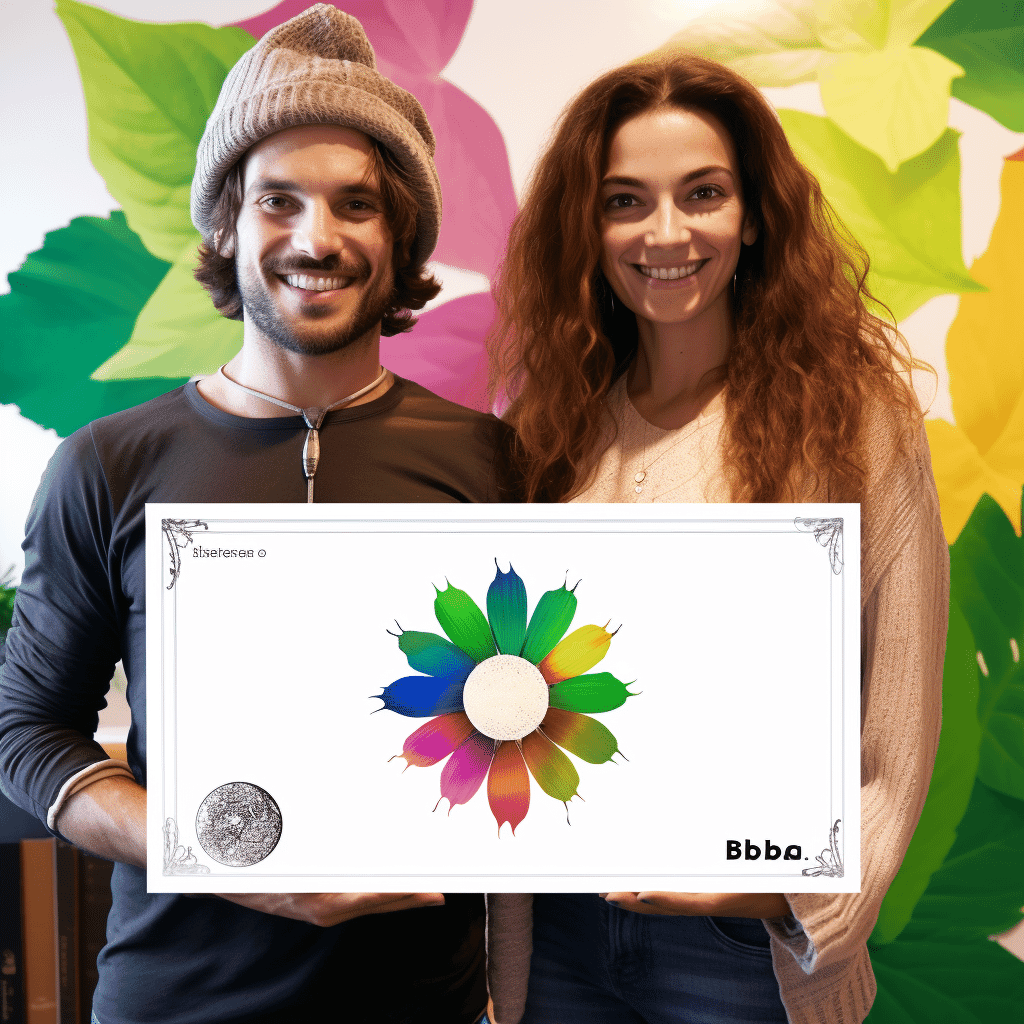









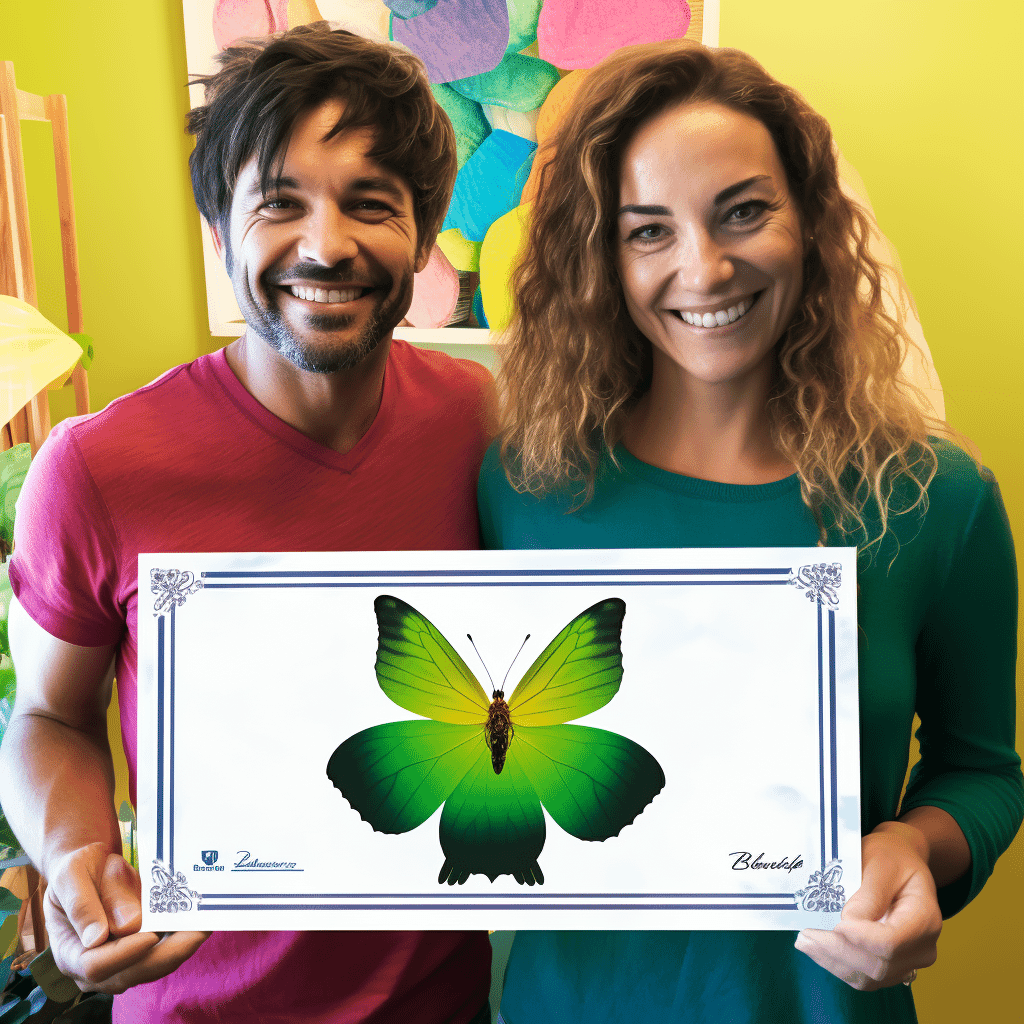








![Curso de Angular e NodeJS - O Guia da Pilha MEAN [Edição 2023] - IBRATH Instituto Brasileiro de Terapias Holísticas teste011020230809](http://enciclopedia.paginasdabiblia.com/cdn/shop/products/a19556.png?v=1699935448&width=1024)




![Curso de Docker & Kubernetes: O Guia Prático [Edição 2023] - IBRATH Instituto Brasileiro de Terapias Holísticas teste011020230809](http://enciclopedia.paginasdabiblia.com/cdn/shop/products/a19570.png?v=1699935525&width=1024)


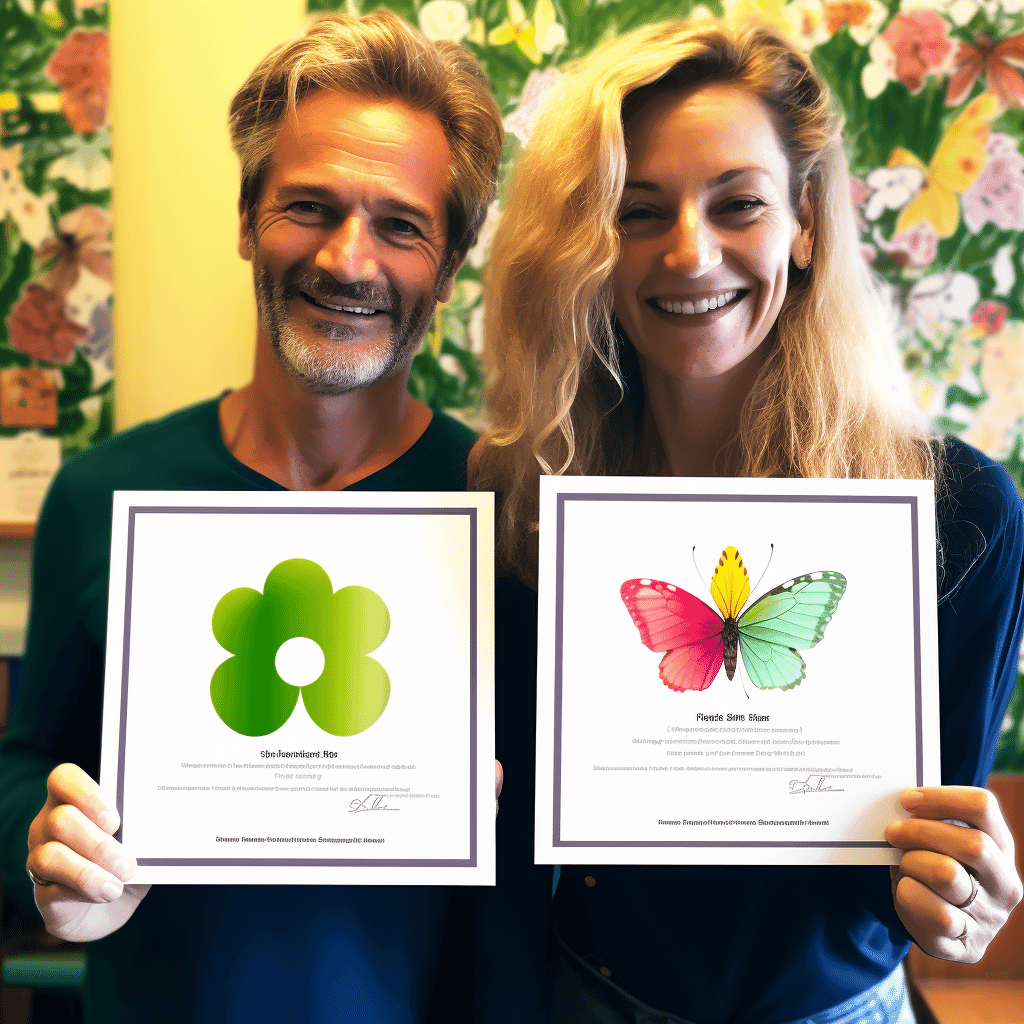





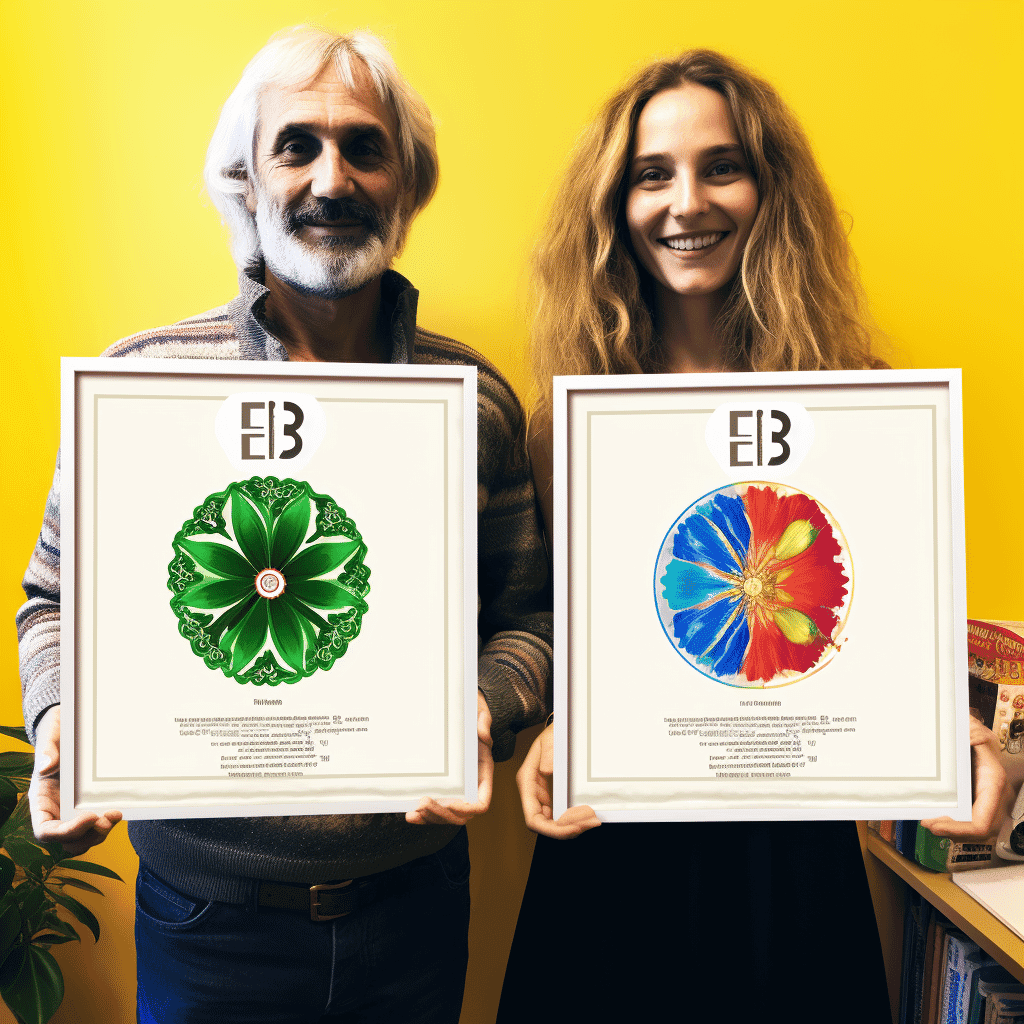

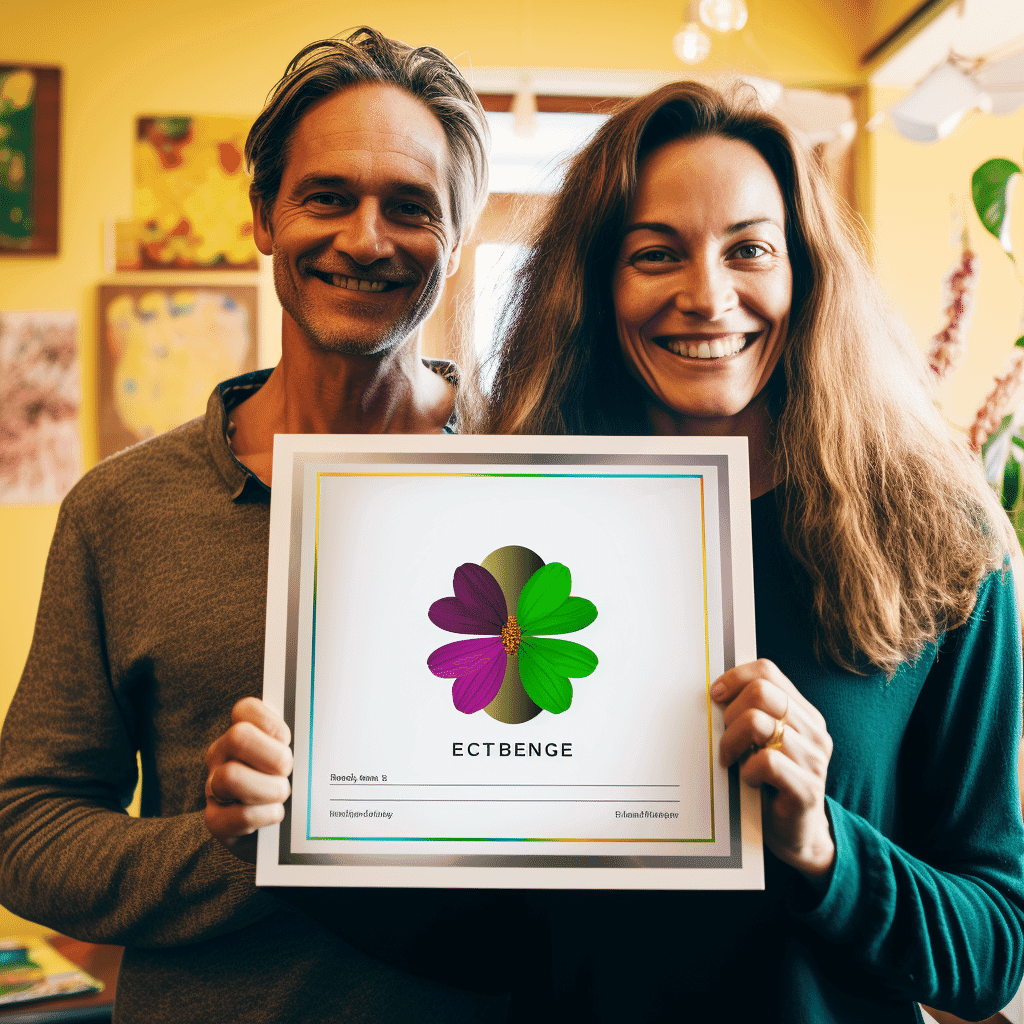





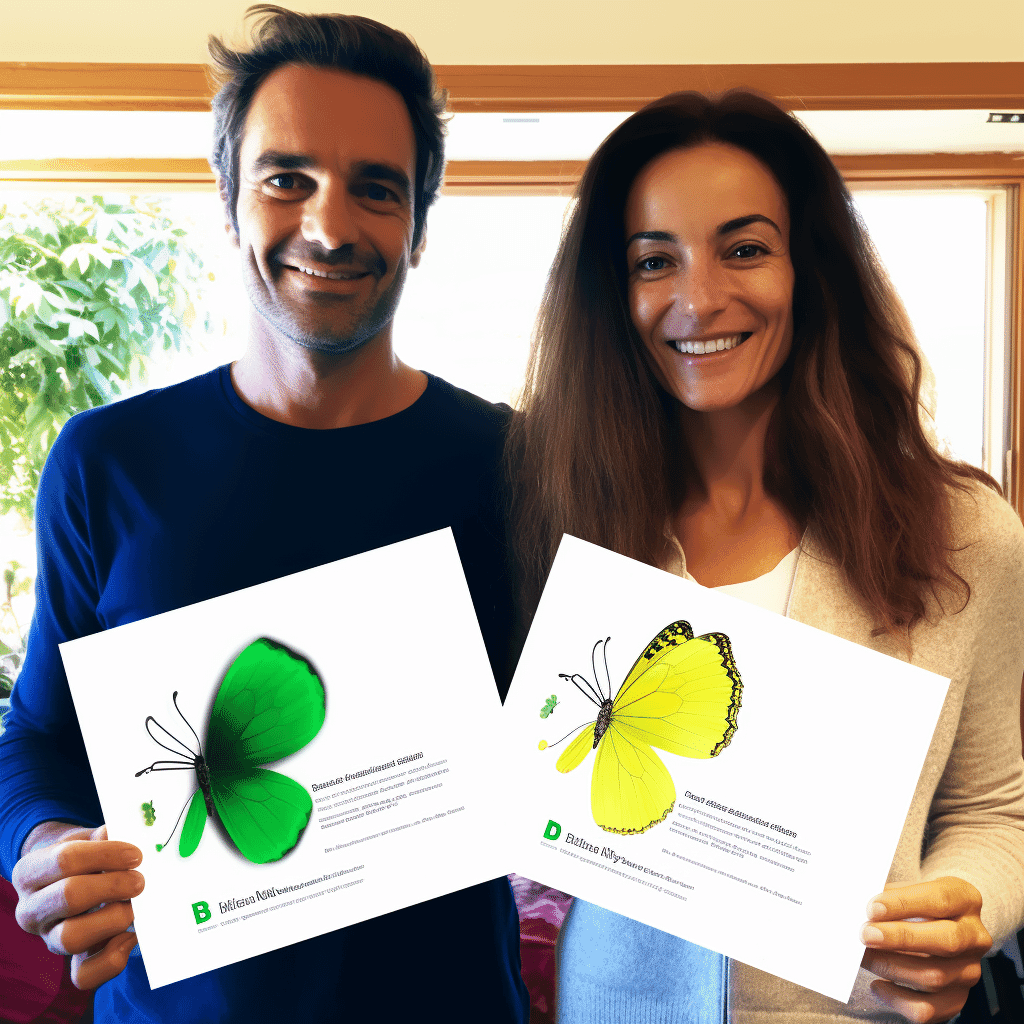

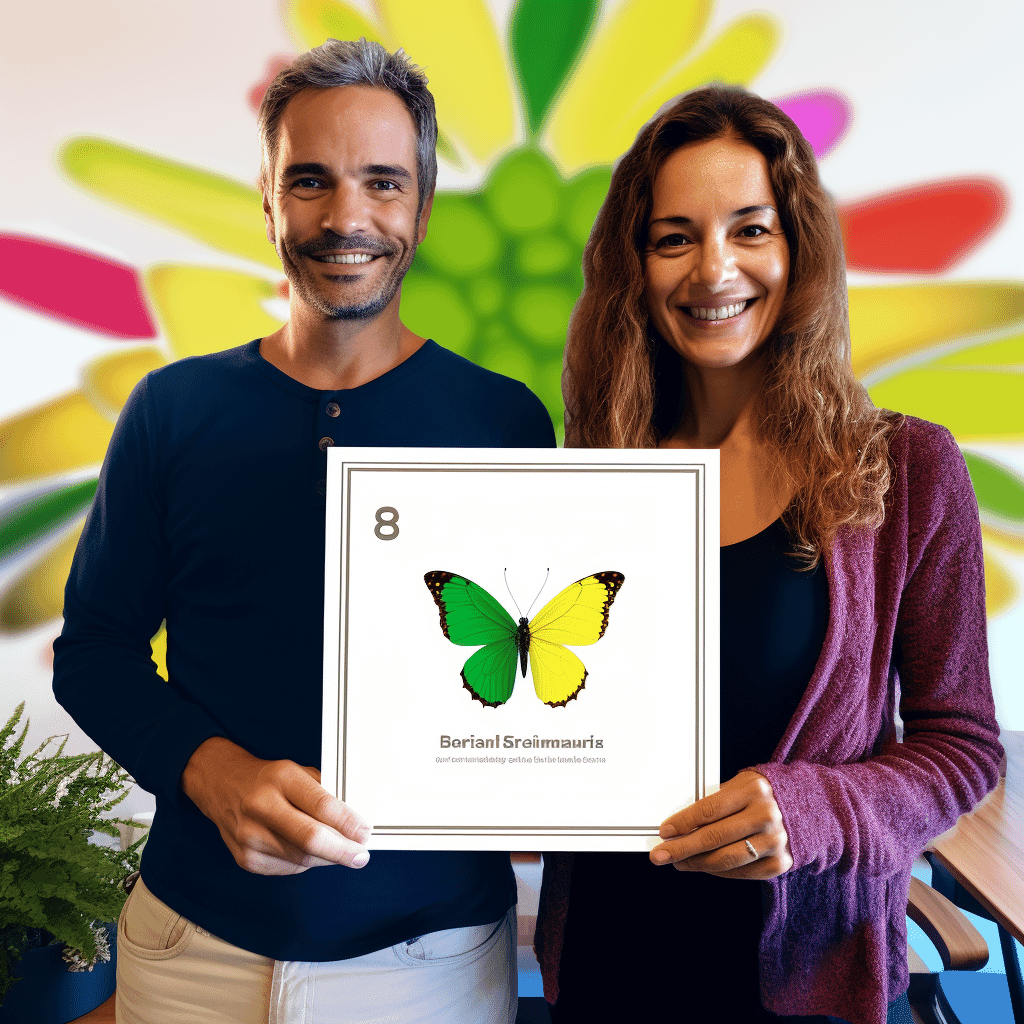

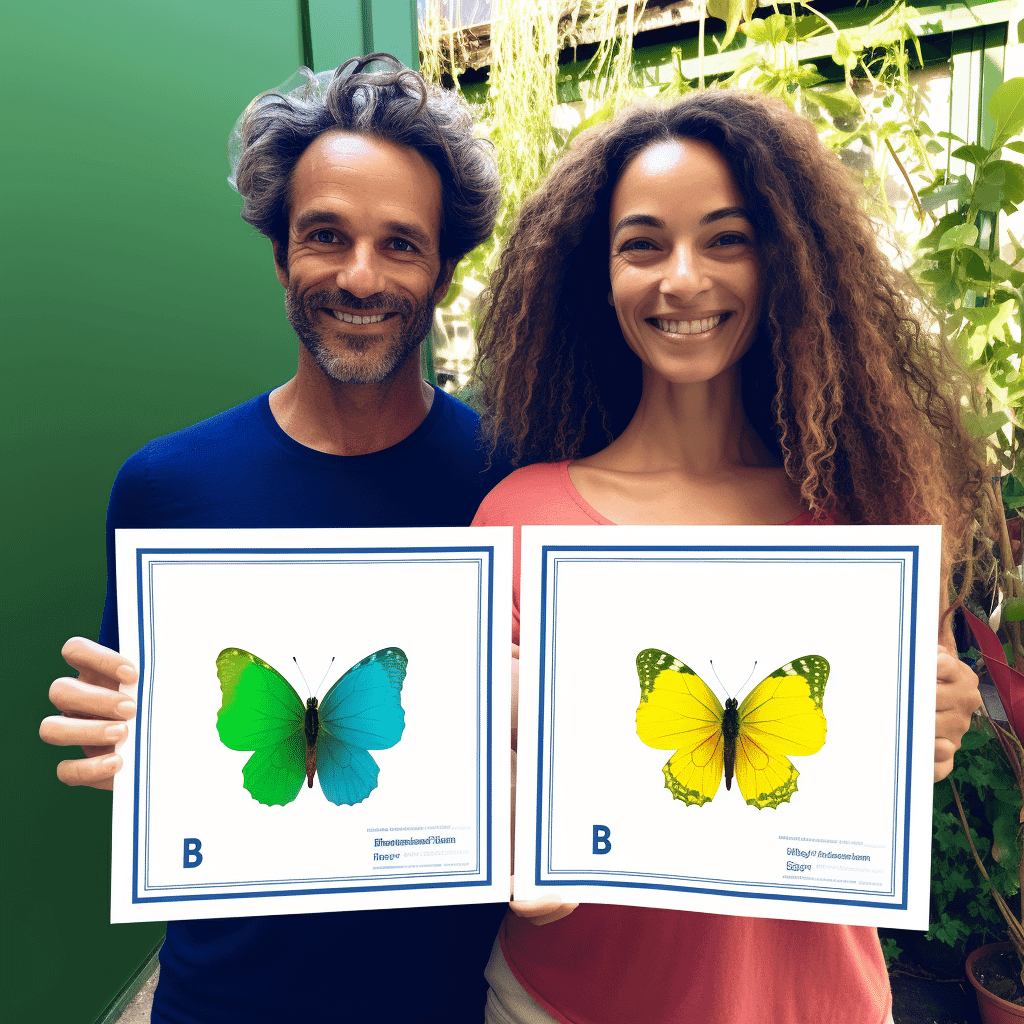
Dúvidas Gerais
Após a confirmação do pagamento, você receberá um e-mail com todas as instruções para acessar seus cursos. O e-mail incluirá um link para a plataforma de ensino, onde você poderá fazer login utilizando suas credenciais cadastradas no momento da compra. Caso seja um curso em formato de arquivo para download, o mesmo estará disponível na área do aluno e poderá ser acessado diretamente pelo link enviado. Se você não receber o e-mail de acesso em até 24 horas, verifique sua caixa de spam ou entre em contato com nossa equipe pelo e-mail suporte@amentil.com.br.
Após a confirmação do pagamento, seu pedido será processado e enviado para o endereço cadastrado. Você receberá um e-mail com os detalhes do envio, incluindo o código de rastreamento para acompanhar a entrega. Trabalhamos com transportadoras confiáveis e os prazos variam de acordo com o método de envio escolhido e sua localização. É importante garantir que o endereço de entrega esteja correto para evitar atrasos. Caso tenha dúvidas ou problemas com a entrega, nossa equipe de suporte está à disposição pelo e-mail suporte@amentil.com.br.
Você pode tirar dúvidas diretamente com nossa equipe de suporte por diversos canais:
- E-mail: Envie sua pergunta para suporte@amentil.com.br, e nossa equipe responderá em até 2 dias úteis.
- Telefone: Ligue para +55 (48) 1234-5678, disponível de segunda a sexta, das 9h às 18h.
- WhatsApp: Envie uma mensagem para +55 (48) 91265-4321 e receba atendimento rápido e prático.
- Formulário de Contato: Preencha o formulário disponível em nosso site na página Contato.
- Redes Sociais: Você também pode enviar suas dúvidas pelo Instagram ou Facebook em @amentil.sa.
Estamos sempre prontos para ajudar!
Reembolso e garantias
O prazo de reembolso pode variar dependendo da forma de pagamento utilizada:
- Cartão de Crédito: O estorno será realizado em até 7 dias úteis após a aprovação do reembolso, mas o crédito poderá aparecer na sua fatura em um prazo de 30 a 60 dias, conforme a política da operadora do cartão.
- Boleto Bancário ou Transferência: O valor será devolvido via depósito em conta bancária em até 7 dias úteis após a aprovação do reembolso.
Você pode solicitar a devolução de produtos físicos seguindo o passo a passo abaixo:
- Entre em contato com nosso suporte:
- Aguarde nossa resposta:
Nossa equipe analisará sua solicitação em até 3 dias úteis e fornecerá as instruções detalhadas para a devolução. - Prepare o produto:
- Envie o produto:
- Reembolso ou troca:
Nosso compromisso é fornecer uma experiência confiável e segura ao acessar nossa enciclopédia online. Garantimos a qualidade dos serviços e funcionalidades oferecidos, seguindo as condições descritas abaixo:
1. Garantia de Acesso
- Disponibilidade: Oferecemos garantia de disponibilidade da enciclopédia online 24 horas por dia, 7 dias por semana, exceto durante períodos programados de manutenção ou por problemas técnicos fora do nosso controle.
- Resolução de Problemas: Em caso de interrupções no serviço, nossa equipe técnica atuará para restaurar o acesso no menor tempo possível.
2. Garantia de Conteúdo
- Precisão e Atualização: Todo o conteúdo disponibilizado é cuidadosamente revisado para garantir precisão e relevância. No entanto, a enciclopédia online é constantemente atualizada, e não podemos garantir a exatidão absoluta em casos de informações sujeitas a mudanças rápidas.
- Correção de Erros: Caso identifique erros ou inconsistências no conteúdo, você pode nos informar pelo e-mail conteudo@amentil.com.br, e faremos a análise e correção, se necessário.
3. Garantia de Segurança
- Proteção de Dados: Utilizamos tecnologias avançadas para proteger suas informações pessoais e garantir que sua navegação na enciclopédia seja segura.
- Privacidade: Todos os dados coletados seguem as diretrizes da nossa Política de Privacidade.
4. Garantia de Reembolso
Para assinaturas da enciclopédia online:
- Direito de Arrependimento: Você pode solicitar o cancelamento e reembolso integral em até 7 dias corridos após a compra, desde que não tenha acessado conteúdos pagos da plataforma.
- Problemas Técnicos: Caso não consiga acessar os conteúdos devido a falhas técnicas imputáveis à plataforma, garantimos suporte prioritário e, se o problema não for resolvido, você pode solicitar reembolso proporcional ao período não utilizado.
5. Limitações
- Conexão à Internet: Não garantimos acesso à enciclopédia em situações de instabilidade ou falhas na conexão de internet do usuário.
- Uso Indevido: O acesso e uso da enciclopédia são pessoais e intransferíveis. O compartilhamento de credenciais pode resultar na suspensão ou cancelamento da assinatura sem reembolso.
6. Contato para Garantias
Caso precise de suporte ou queira exercer algum direito de garantia, entre em contato conosco:
- E-mail: suporte@amentil.com.br
- Telefone: +55 (48) 1234-5678
- Horário de atendimento: Segunda a sexta, das 9h às 18h.



